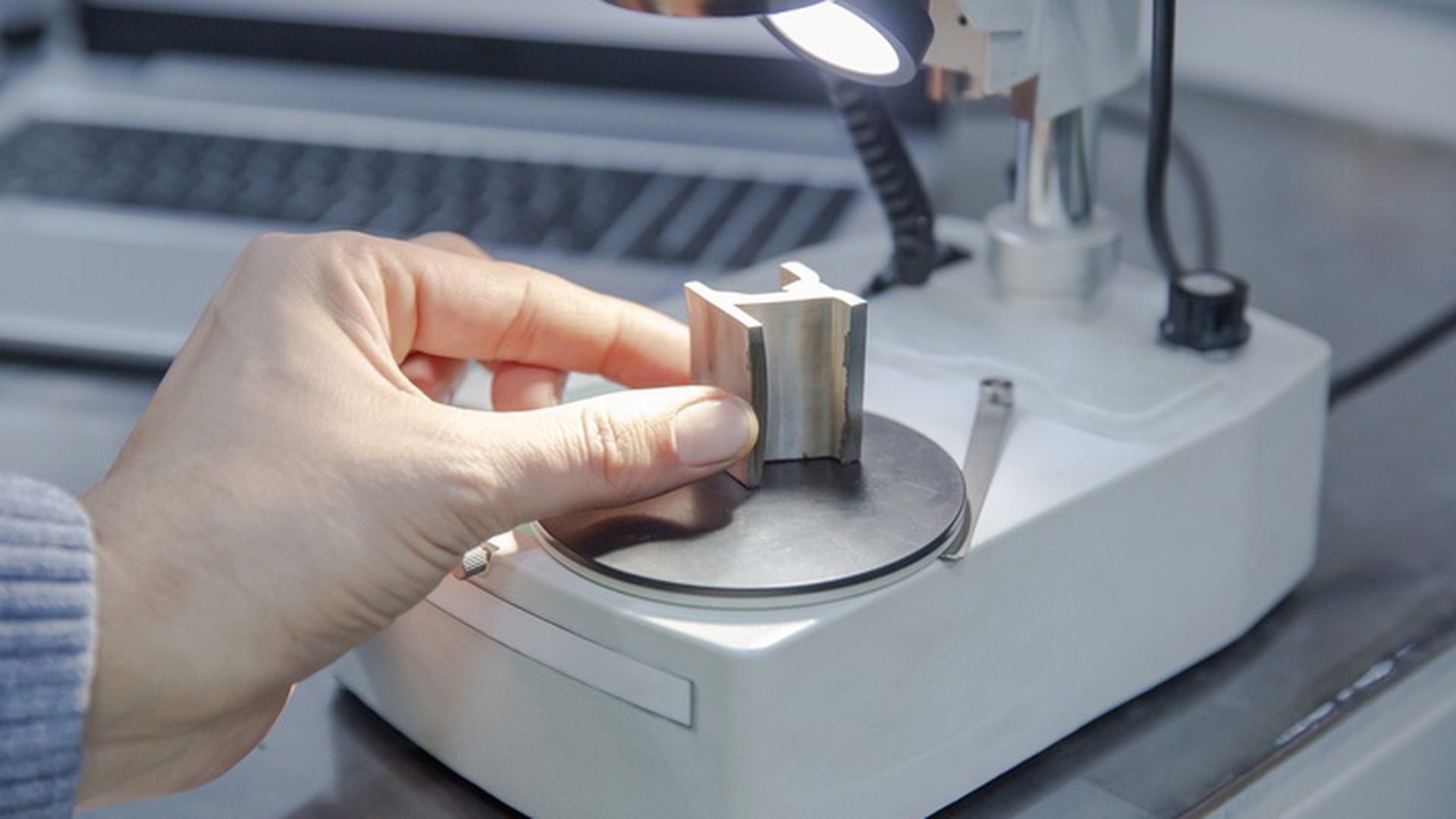

Commercial refiners accept a diverse range of silver-bearing materials beyond the conventional sources of jewelry. Among these materials are sterling silver, which comprises 92.5% silver and is commonly found in items like flatware, jewelry, and hollowware. Additionally, they accept coin silver, specifically U.S. coins minted before 1965 that contain 90% silver. Industrial scrap is also welcomed, including items such as silver oxide batteries, contacts, catalysts, and photographic or X-ray film. Lastly, byproducts from the jewelry manufacturing process, such as bench sweeps and polishing dust, are acceptable as well.
However, it's important to note that commercial refiners typically do not accept silver-plated items. This is due to the extremely low recoverable silver content and the complex processing requirements involved, which make silver plating economically unviable for refining. To streamline the process and avoid any potential delays or surcharges, sellers are strongly encouraged to separate these silver-plated materials from other acceptable items.
When selecting the right refiner for your business, it's essential to align their capacity, expertise, and fee structure with your unique business model. For companies that operate at an industrial scale, high-capacity refiners are designed to handle significant throughput and enable rapid settlement. These firms often provide same-day or next-day payments for standard materials such as gold, bullion, and high-purity silver. This speed is particularly advantageous for businesses that require frequent refining cycles and prioritize cash flow.
Additionally, some refiners offer the option for commercial sellers to convert their refined value directly into bullion inventory. This integrated approach can lead to lower fees for sellers who opt for metal-for-metal exchange models, making it an ideal solution for dealers looking to restock without the need for additional capital outlay. Furthermore, for those dealing with gem-set jewelry scrap, collaborating with a refiner that provides complimentary or low-cost stone removal can significantly enhance the total recovered value from each lot. This service is especially beneficial for estate buyers and jewelers who work with vintage or custom pieces, maximizing their returns.
The accuracy and method of assaying, which is the process used to determine metal purity, have direct consequences for the payout you receive. Among the different assaying techniques, fire assay is regarded as the industry gold standard. Although it takes one to two business days to complete, it provides high-precision results that are highly reliable. On the other hand, X-Ray Fluorescence (XRF) offers a faster and non-destructive testing option, making it ideal for clean lots. However, it generally yields results that are less precise than those obtained through fire assay.
After the assaying process, materials undergo multi-stage refining, which may include melting, chemical methods, or electrolytic techniques, to isolate high-purity silver. Electrolytic refining, in particular, is crucial for producing silver with a purity of .999 or higher, making it suitable for investment-grade purposes. To maximize yield, sellers should focus on preparing clean and segregated materials. It’s beneficial to keep high-purity bullion and sterling separate from lower-grade items such as sweeps or dust. Additionally, it's important to remove non-metallic contaminants like rubber and plastic to minimize processing costs and avoid contamination issues.
Given the current market volatility and systemic backlogs impacting processing times for non-pure silver, B2B sellers are advised to explore specialized partners committed to maximizing recovery from complex material streams.
Phoenix Refining specializes in purchasing a diverse range of silver materials, including sterling scrap, silver catalyst, silver batteries, silver solutions, bench sweeps, and X-ray film. The company utilizes advanced technology and efficient refining techniques to ensure the maximum amount of silver is recovered from materials that often pose challenges to general refiners.